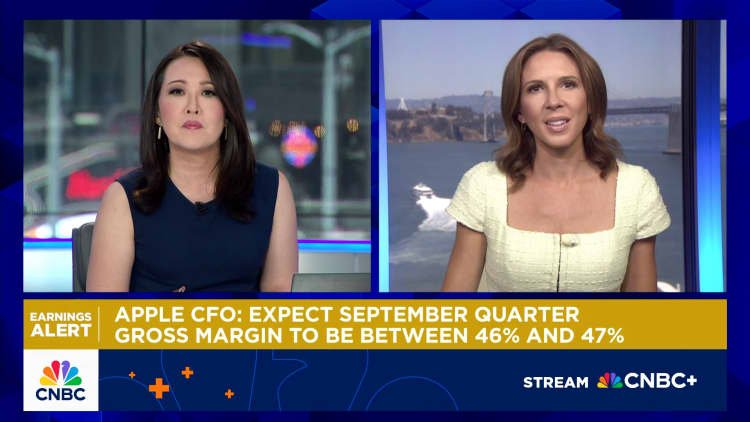Amazon’s Latest Quarterly Earnings: Key Insights and Highlights
Amazon recently released its earnings report for the second quarter, showcasing a mix of positive trends and challenges. While the overall performance surpassed expectations in several areas, it fell short of what some investors had hoped for, leading to a drop in stock prices. Let’s dive into the essential aspects of this earnings report, focusing on Amazon’s financial health, spending on artificial intelligence, cloud service competition, and tariff management.
Strong Revenue but Mixed Investor Response
Amazon’s performance for the second quarter demonstrated solid overall revenue, yet investors reacted negatively to the stock, which experienced a dip of around 8% following the announcement. Despite strong sales figures and an increase in advertising revenue, the guidance for future profits was weaker than anticipated. Analysts expressed concerns about the company’s cloud growth, which didn’t meet investor expectations.
The report did highlight robust sales in Amazon’s retail sector, as well as a notable 23% increase in advertising income. This indicates that while the company is successfully expanding in certain areas, uncertainties regarding future profit margins remain prevalent.
Significant Investment in AI and Infrastructure
One of the standout highlights from this earnings call was Amazon’s sizable commitment to artificial intelligence (AI). The company reported capital expenditures of $31.4 billion in the last quarter alone and expects to maintain this high spending level through the remainder of the year. This puts Amazon on track to potentially invest over $118 billion in capital projects for the year—up from an earlier forecast of $100 billion.
This investment is primarily directed towards enhancing technological infrastructure to meet growing demands for AI services. Like its competitors, Amazon is venturing heavily into AI technology. Meta has also increased its capital spending forecast significantly, while Alphabet, Google’s parent company, has elevated its capital expenditure to $85 billion.
However, the payoff from these substantial AI investments is still a topic of debate among investors, as many are keen to see when these initiatives will translate into increased revenue and profits.
Competitive Landscape in Cloud Services
In the realm of cloud computing, Amazon Web Services (AWS) remains a leading player, yet it faces intensified competition from Microsoft Azure and Google Cloud. AWS registered an 18% year-over-year revenue growth, but this lagged behind the more impressive figures reported by its competitors—39% for Microsoft and 32% for Alphabet.
During the conference call, analysts probed Amazon executives on AWS’s comparatively slower growth. They cited a growing narrative among Wall Street analysts suggesting that AWS may be missing out on opportunities in the rapidly evolving AI sector, which raises concerns over market share erosion. However, Amazon’s leadership maintains that AWS continues to dominate in terms of scale, still holding a "meaningfully larger" market share compared to its closest rivals.
Navigating Tariff Challenges
In earlier projections, Amazon expressed concerns over potential tariff fluctuations stemming from trade policies. Initially, products imported from China faced a steep 145% tariff, which posed risks for Amazon’s pricing strategies and potential consumer demand. However, recent developments have led to a drop in tariffs to a 30% rate, easing some prior apprehensions.
The latest earnings report indicated that Amazon managed to navigate through these tariffs better than initially feared. Sales from its online marketplace exceeded analysts’ expectations, with an annual growth rate of 11%. This is coupled with a 12% increase in the number of items sold across both online and physical platforms, reflecting a stable consumer demand despite economic uncertainties.
Looking ahead, Amazon’s forecast for third-quarter sales suggests a potential growth rate of 13%. This indicates that the impact of tariffs on pricing may have been effectively absorbed by suppliers, sellers, and consumers alike.
As Amazon continues to navigate complexities in the marketplace, its ability to adapt to external pressures from competition and economic conditions will be critical in shaping its future trajectory.
